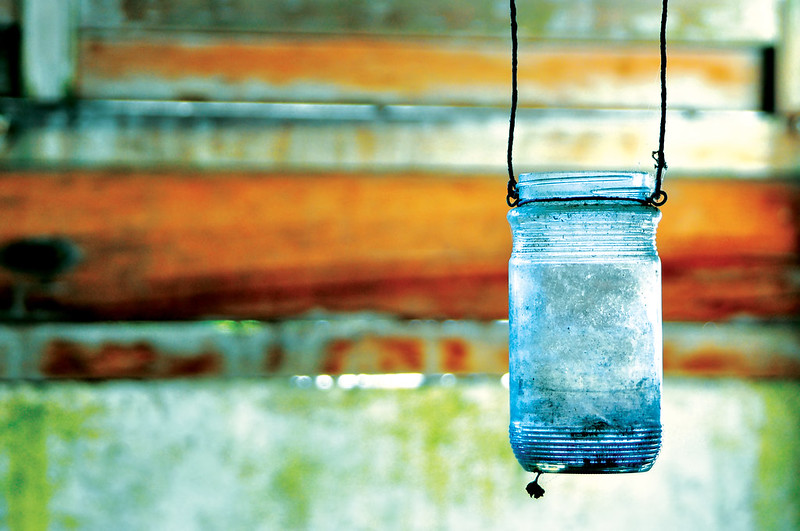
BEYOND STUFF-LOVE (PART 5): Lifestyle
[Writer’s Note: This post was written at the height of the Bitcoin madness, before it imploded and left gaping holes all over the place. It seems to me that I’m not the only one who got confused by the Bitcoin virtual world. Makes me feel less stupid, that.]
ACK! I’ve been wandering around, lost, in the Bitcoin virtual currency world these past few weeks in (another) failed attempt to understand what the heck is going on with that.
I chose very good virtual teachers, I thought. The guys are brilliant money-meisters and entrepreneurs who are plenty smart and all kinds of savvy. They seem to be heartful dudes and they know how to talk to the clueless. They are most enthusiastic about this newest of financial games.
I could handle it for an hour-and-a-half video, right? Not.
I shoulda seen it coming. I mean, I threw the Bitcoin “Dummy” book against a wall. When I asked a young friend who was playing around in there to talk to me about it, I realized I didn’t even know enough to ask the right questions. He giggled.
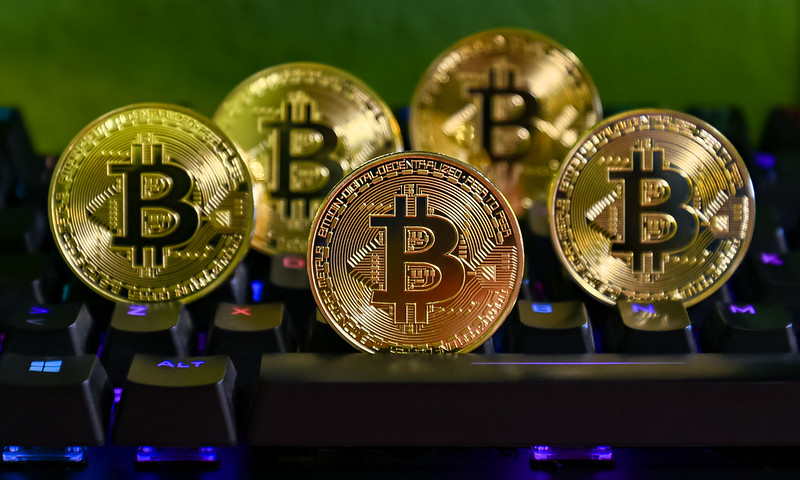
I wandered around that place in that little black box and now I’ve got a sort of hazy blur of an outline of this thing that may be likely to replace (or at least run concurrently with) our world’s centuries-old systems of value exchanging and such.
To me, it looks like a manga movie.
What I am seeing in my mind’s eye is the inside of an electrical storm in space with heavy-duty dust clouds and lots of lights flashing, replete with thundering zap and pow noises and an annoyingly repetitive voice-over sound track plus bleeping noises for the special effects.
There are a bunch of guys in spacesuits with jetpacks flying around among these weird-looking floating blocks that are moving around very fast – zooming up and free-falling down or getting shoved sideways. The landscape morphs and the blocks disintegrate and reform or merge together with little rhyme or reason.
The little guys seem to be mining something in there and they carry off bits of the blocks to go stack them someplace or other. There are even little dudes with black robes who look like they are doing somehow-nefarious things.
The thundering noises I am hearing in this mockup are the blocks crashing and clashing and some of those little flying guys are getting squished between them. It looks dangerous in there.
Sheesh! I am still suffering through the aftermath of massive brain overload and the only thing I’ve got to show for it is a dumb cartoon. (OUCH! That hurt!)
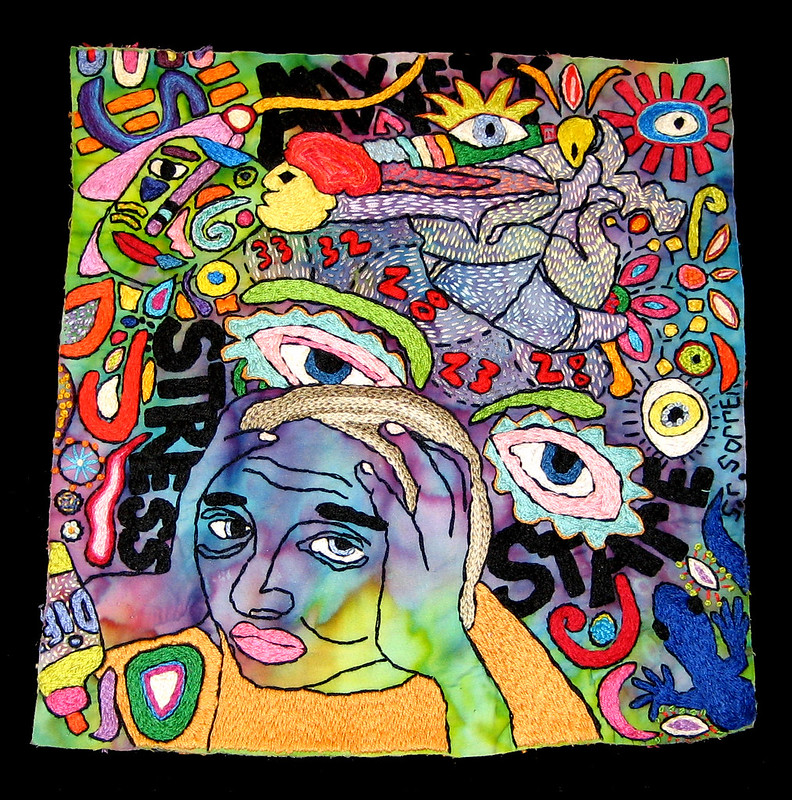
I do not think that living the Tetris life is my forte….
BACK TO THE REAL OLD-STYLE
After turning my mind into a veritable pretzel sans mustard, I settled myself down into re-reading a book that focuses on native Hawaiian ways of exchanging value and connecting with people who had little to do with money or the various iterations of digital money-substitutes.
It was very soothing, that.
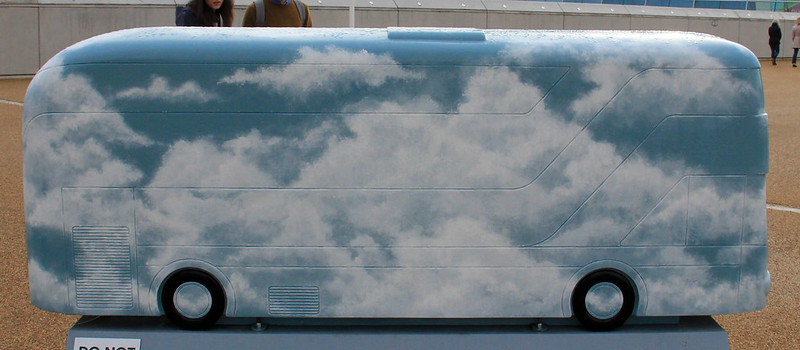
For me, the best thing about it is that it moves slow.
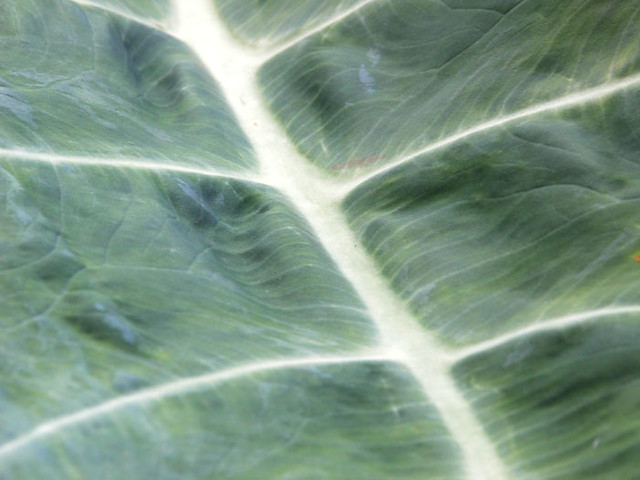
This book is in its third printing now. (Mine is a first edition, published in 2003.) It is a mind-boggle of a different sort.
Meyer is the Director of Indigenous Education at UH West Oahu. She is an internationally known native scholar and cultural practitioner whose work has focused on the discipline of epistemology, which is basically a branch of philosophy that studies the nature, origins, and limits of knowledge and belief.
Some people call epistemology “the theory of knowledge.”
Meyer has spent her whole time as an educator working on trying to incorporate and integrate Hawaiian and Polynesian cultural values into the existing public and private educational systems in the Pacific.
Dizzy from the magi-thoughts and my micro-visit into digital money world, I sat there re-reading the “About the Author” section at the end of the book where Meyer talks about her mentors and teachers as a child growing up as the fifth daughter in a family of seven children.
(Most Hawaiian cultural practitioners tend to acknowledge and honor the teachers who inspired them to set clear intentions, choose the directions of their actions, and then accomplish their goals.)
Besides the humans of her very large extended family, Meyer says, she received her earliest lessons from the natural elements of the land that surrounded them:
“Beauty was our mentor and I had a love affair with the ocean and early morning sunrises…. Pōhaku (stones) have taught me how to live – I am animated with their presence. Water teaches me about wealth. Wind teaches me about friendship….”
(Obviously, the lady’s a bit of a poet. But then, so are many other Hawaiians.)
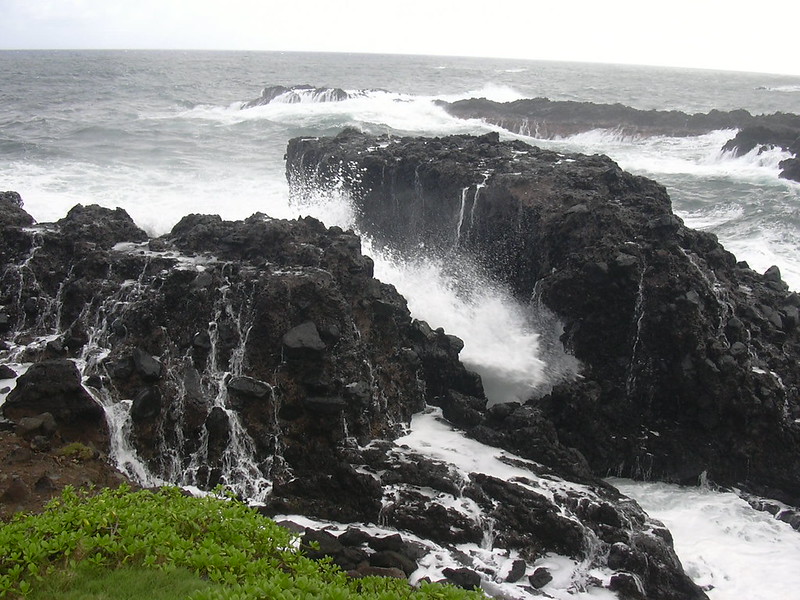
They did, however, have complex and embedded ways of relating to each other and to their island worlds that worked about as well as the money and the science and technology thing has in ours.
Rather than being enamored by the progressions and behavior of numbers and data and the left-brained “rational” world of objectivity and logic and such, Hawaiians were ruled by metaphors and story and by the senses, emotions and physicality of their bodies as well as by their keen observations of the world around them.
Words and methods for gaining useful insights and understandings that came from their ways of sussing out and learning how to do new-to-them things were an integral part of the Hawaiian culture.

THE MAKING OF A STONE CARVER
I was reminded of the way my late husband Fred (who was three-quarters Hawaiian) grew into an expert carver of Hawaiian stone implements.
Like every other Hawaiian guy, Fred wanted his very own poi pounder…just ‘cause. I refused to let him buy an old one. (You want to spend HOW much for an old ROCK?)
The stubborn man decided to make one for himself. Since there were no master stone carvers in our circle, he grabbed a rock he had picked up on the beach and started whaling away at it with a welding slag hammer and his own two hands.
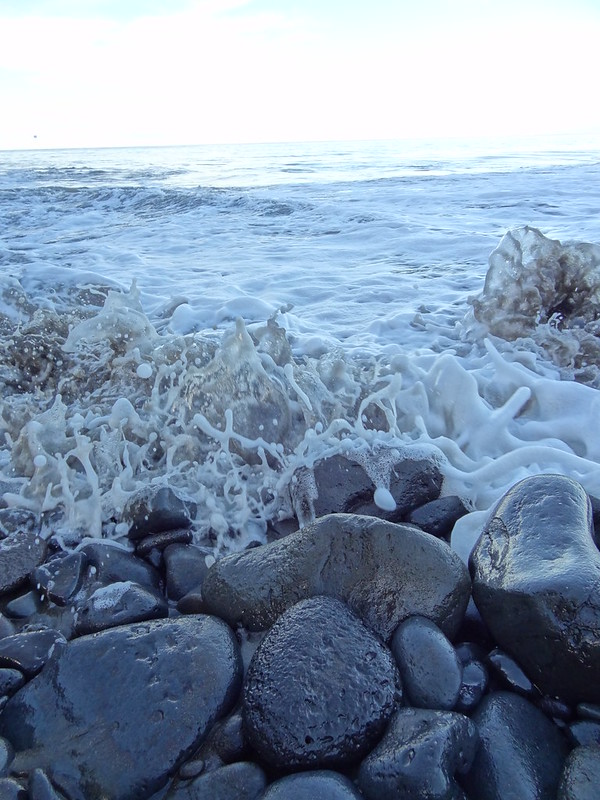
Fred was a master auto body-and-fender guy, so he knew how to use various sorts of hammers and pounding things into shape was not new to him. He’d say, “The old people did this. I can too. The stone will teach me.”
He was right. All it took was years of repeatedly pounding on more and more beach rocks. Eventually he figured out how to use the stones themselves to shape other rocks.
There is an old saying that goes, “The best way to find old knowledge is to use old doors.” Fred literally pounded on a very old door until it opened for him. He had a lot of fun along the way.
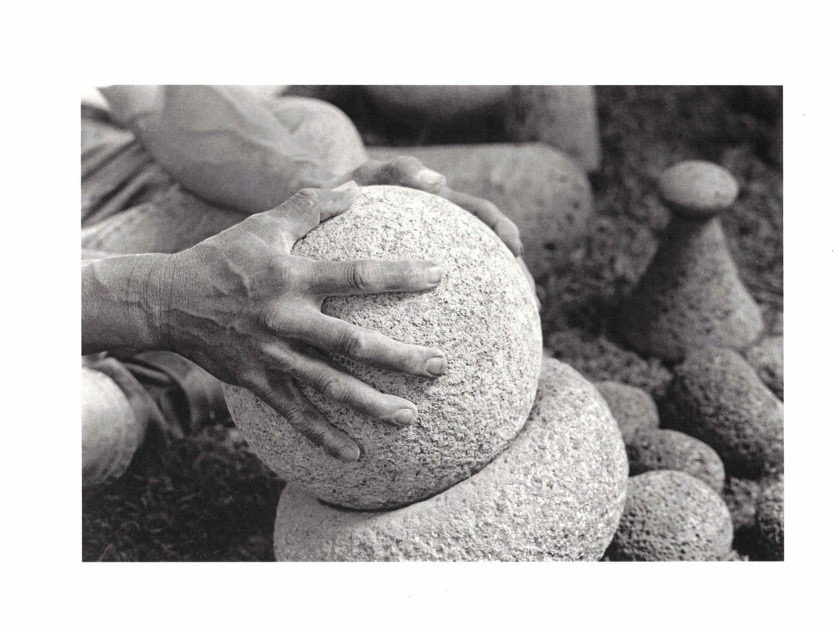
[The image above, by photographer Masako Cordray, shows Fred’s hands as he worked with a stone ball and a stone bowl, using the rocks to shape each other. In the background there is one of the poi pounders he was working on as well.]
TAKING IT SLOW AND MAKING IT GO
This foray back into the real old-style world also reminded me that there are many different ongoing attempts at and explorations of the old Hawaiian and Oceanic cultural ways of doing things that are happening right now.
Much of the impetus and direction of these projects grew out of the work done by Meyer and other deep-thinking ocean-people illuminating the concepts that are an underlay for the real-old style of Oceanic living and for being a human being connected to self, to other people and to the worlds that surround us all.
One of my favorites is the explorations about caring for and making use of the natural land and ocean resources in one section of my home-island that is spearheaded by the Lind ‘ohana (extended family) in Kipahulu, Maui.
Author and indigenous scholar Emalani Case, in her 2021 book EVERYTHING ANCIENT WAS ONCE NEW: Indigenous Persistence from Hawai’i to Kahiki, expounds on the phrase, “aloha ‘aina”, which is used by modern-day Hawaiians to describe a way of living and consciously working towards protecting the place we call home.
She credits the late Kekuni Blaisdell, former professor emeritus of medicine at the University of Hawaii and an acknowledged thought-leader for the Hawaiian sovereignty movement, with setting the parameters for this way of thinking.
Blaisdell was fond of explaining that ‘aina means “that which feeds;” and that, therefore, “aloha ‘aina” means “loving that which feeds us.” Blaisdell’s basic definition was expanded out to include the land beneath us, all of the waters on and under the land, all of the seas and the air surrounding it, the heavens above it, and beyond.
Honoring and protecting all of the sources that sustain and nurture us humans, he said, are encompassed and contained in the “aloha ‘aina” mindset.
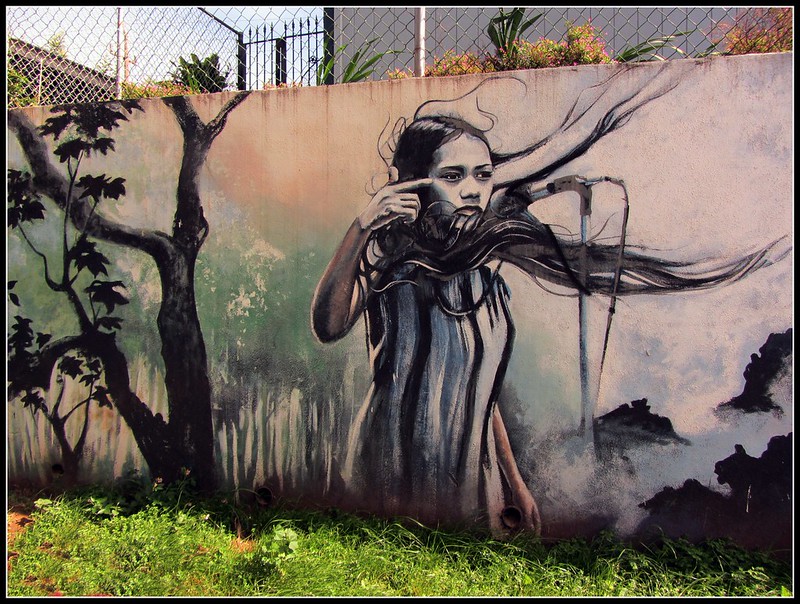
In the early 1990s, John Lind (Uncle John) and his wife Glenna Ann (who is almost universally known as “Auntie Tweetie”) and their friend Mike Minn began the work of restoring old taro lo’i (patches) in the Kapahu area of Kipahulu near ‘Ohe’o stream on land that had been worked by generations of the Lind family.
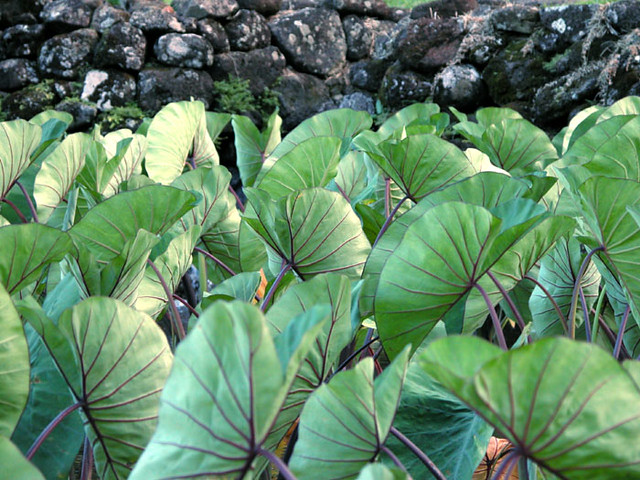
In order to continue and expand the work they were doing, the trio established the Kīpahulu ‘Ohana, a grassroots nonprofit, in 1995. The Kīpahulu ‘Ohana entered into a formal cooperative agreement with the Haleakala National Park for the management of what became known as the Kapahu Living Farm.
This traditional taro farm became a springboard for a number of other sustainable culturally-based agricultural and resource management projects that are designed primarily to honor and enhance both the traditional and more modern practices and concepts held by Hawaiian farmers, fishermen and hunter-gatherers and to educate others about them as well.
The following 2021 YouTube video, “Kīpahulu ‘Ohana Virtual Huaka’i,” was created by a group of middle-school students from Hana School on the island of Maui and uploaded by the Maui Huliau Foundation. These students visited the Farm and were introduced to several of the group’s ongoing projects.
The work begun by the Linds has continued for almost three decades now. There have been other successful, (and even award-winning) collaborative efforts and projects with different organizations and agencies that grew out of that first collaboration with the National Park Service. It keeps on evolving.
You can click the button below to access the ‘Ohana’s website to learn more about what they are doing.
FINAL THOUGHTS
An ancient Hawaiian proverb says, “In the word is life; in the word is death.” That remains a truth, I think.
The Hawaiians in the featured video use different systems and ways of thinking to help them live with nature and to interact with the human and spirit worlds surrounding them than the ones used by the master entrepreneurs and money-meisters in the video that bent my head.
For all of them, however, all of their learning and a lot of their efforts begin with a single word. The magi in the Bitcom video would probably say their initiating word for the moves they are making is “survival.” The same word also inspires the efforts of the Lind ‘ohana.
The lifestyles they lead as a result of their efforts are very different.
Here’s a poem:
YOU THINK YOU KNOW ME
With my smiling eyes, my happy words,
The smokescreen I’ve been taught to wield
Fogs your mind and keeps me safe.
The Happy Native, that’s me:
The Eaten One.
I have been
Colonized…
Assimilated…
A simulated you.
A paper doll, I am,
With packets of clothes just like yours
And all the best accessories
(Or imitations thereof).
I am a clever little bird,
Trying hard to be like you,
And not quite making it.
I am domesticated, docile and demure…
An ersatz-you, really.
Cute, huh?
You think you know me.
Good.
Keep thinking that.
My ancestors still walk behind me;
I can feel them at my back.
They are in the land that owns me,
This land I will not abandon,
Despite your desecration,
Despite your condescension,
Despite your lack of breath.
My descendants walk before me
And they will dance and sing.
It does not matter what you think me,
For I am only one in a procession
And we are making human beings.
I don’t really care what you’re making.
By Netta Kanoho
Header Photo Credit: “Light is good from whatever lamp it shines” by Nattu via Flickr [CC BY 2.0]
……
SOME OTHER POSTS TO EXPLORE
(Click on each of the post titles below and see where it takes you.)
……
Thanks for your visit. I’d appreciate it if you would drop a note or comment below and tell me your thoughts.
8 thoughts on “BEYOND STUFF-LOVE (PART 5): Lifestyle”
This is a lovely article. It helped me to get a better feel for what it is like to be a Native Hawaiian. It is interesting to hear about the relationship that Native Hawaiians have with their breathtaking land and their unique culture. I knew that Hawaii is truly breathtaking but I wasn’t aware about the Native Hawaiian way of life until I read this article.
Michael, thanks for the visit and for sharing your thoughts. I am glad you found it interesting.
Please do come again.
I started to chuckle at the start of your article here as I too have been in the same boat as you when it comes to Cryptocurrency and trying to make sense of it all.
I was really moved by your story of your late husband learning and crafting using rock and even the picture you included made it all feel real and intimate. Thank you for sharing again some of you and a window into your life story.
Welcome back, Daniel. I’m pleased you enjoyed this post.
The many and various ways of thinking humans can do never cease to amaze me!
Please do come again.
I think that your article on moving beyond material possessions to cultivate a more fulfilling lifestyle is a great example of how important it is to prioritize personal growth and fulfillment as critical aspects of a meaningful life.
Your explanations and recommendations, as well as your personal experiences and insights, make the article a valuable resource for anyone looking to cultivate a more intentional and fulfilling lifestyle.
I appreciate the time and effort you put into creating such a helpful resource.
Ronnie, thank you for the visit and for sharing your thoughts. I’m pleased you found the post helpful.
Please do come again.
This is an extremely interesting post to me Netta, I think because I have never really understood what was going on with the world of bitcoin currency anyway and it definitely makes me feel better to hear you admit the same thing. I don’t know if it’s just because my mind is stuck in thinking about the money systems I grew up with like cash, check, credit and eventually debit cards as well.
The video posted by the Maui Huliau Foundation is also eye opening to see what can be accomplished in partnership with others and this will greatly affect the resultant expectations of the project leaders.
Joseph, thanks for your visit and for sharing your thoughts.
Hee! I hear what you’re saying about the Bitcoin thing. I’m sure there are probably many of us clueless ones out there.
It also seems to me that we’ve been shown (once again) that there can be major downsides to not admitting that you don’t know what you don’t know and still joining in on an exotic, exciting, and volatile frenzy just because you don’t want to miss out on all the “fun” some crowd or other is experiencing.
As you’ve probably guessed, I do prefer a slower, less frenetic kind of lifestyle. Maybe you do too.
Please do come again.